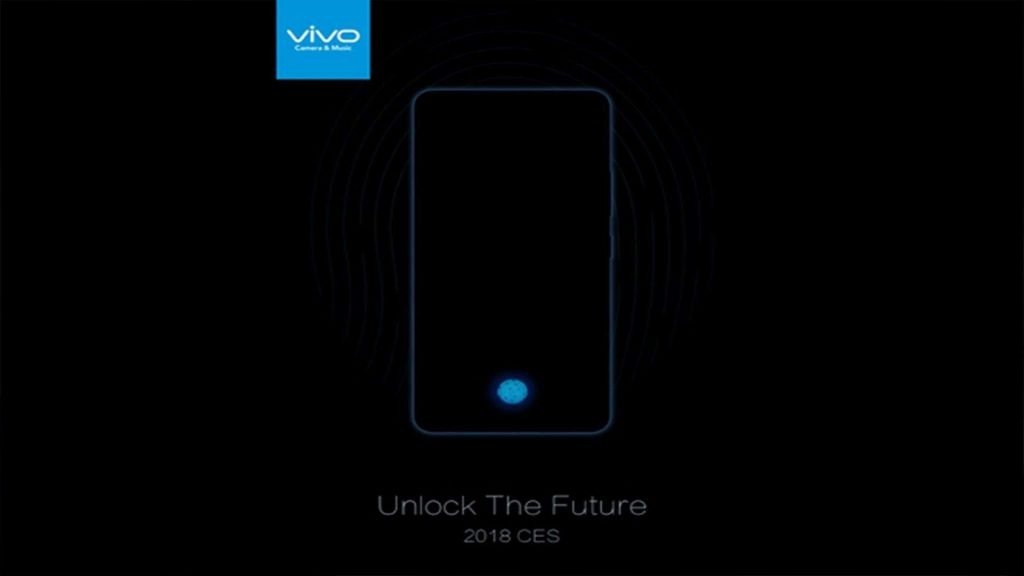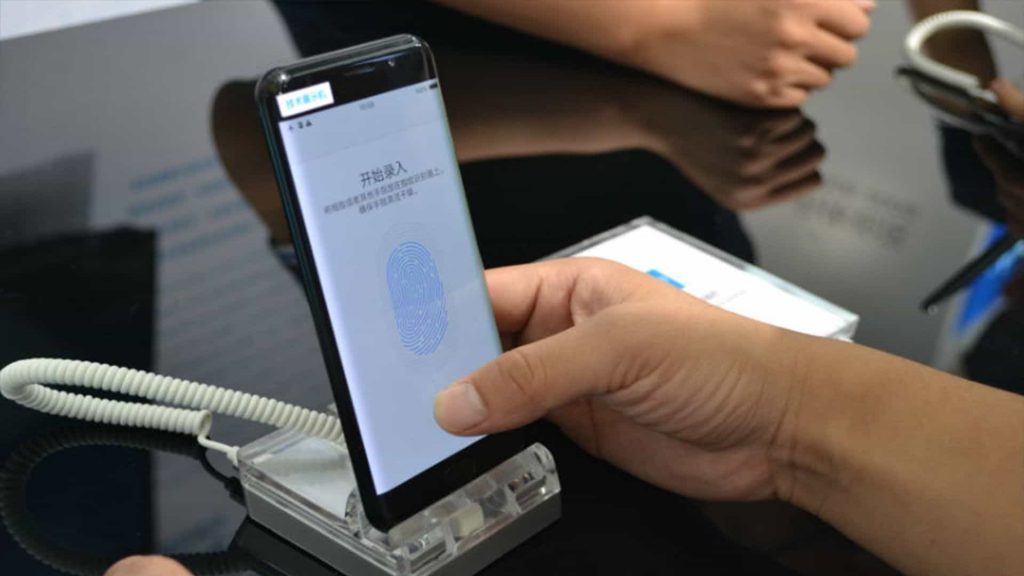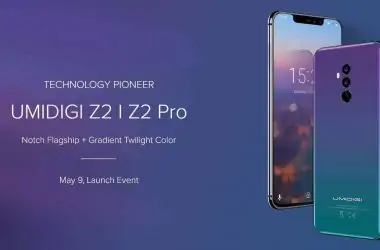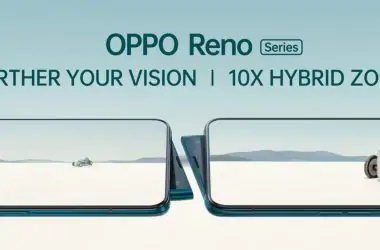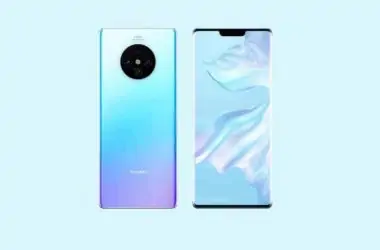Vivo has just unveiled its new smartphone, the Vivo X20 Plus UD at CES 2018 which has on-screen fingerprint recognition technology and this will be the world’s first smartphone to have a fingerprint reader under the display, thanks to its optical scanner. This marks a huge step in the history of fingerprint scanners.
At present, the only existing mechanism for fingerprint scanning is by a capacitive method, which uses a set of parts for the identification separated from the smartphone. However, this method is a problem as the future of smartphones will be bezel-less, and there’ll be less space for embedding a physical fingerprint reader on them.
Apple couldn’t achieve this, and it literally made iPhone X drop the Touch-ID completely. So, if we want to see the fingerprint recognition feature in the future then it had to be implemented under the display, and finally, Vivo has managed to solve all the difficulties that this entailed. Using Synaptics sensor technology, the Vivo X20 Plus UD manages to hide the fingerprint reader under its screen, and make it functional.
Optical Scanner Technology
The operation of the new sensor seems simple on paper, but in theory, its operation is based on the irradiation of the light that is reflected in the finger towards the optical lens, which will be analyzed to determine the fingerprint. Specific factors are needed for this, such as a light source for the irradiation of the finger, and the logical answer for this is that the screen itself provides it. However, conventional LCDs have poor transmission qualities, so the sensor may experience problems when analyzing the radiation. On the other hand, there is the option of OLED technology, where the LED screens are thinner, and allows clear transmission of light.
That’s why the new Synaptics Clear ID technology is structured within the OLED screen, which provides light and is thin enough for the fingerprint to irradiate to the sensor.
Alternative: Ultrasonic digital scanner
There is another technology that seeks to overcome the optical scheme and it is from Qualcomm. This scanner uses ultrasonic sounds consists of small sonic beats that bounce with the fingerprint grimaces, and this would be analyzed by a sensor below the screen. One of the advantages of this technique is that sound can penetrate the epidermis of the finger, creating deeper images.
Unlike optical technology, the idea of ultrasonic digital recognition is very new, and its approach has even more difficulties when maintaining accuracy since it is more difficult to keep the movement of sound across the screen. In fact, Vivo considered to use an ultrasonic digital scanner in 2017 and now it’s obvious why they ultimately opted for Synaptics technology.
The eternal debate and the Vivo X20 Plus UD
Since the implementation of facial recognition on iPhone X, there is a dispute over which technology provides more security. However, both these technologies should be complemented to obtain the greatest protection. The release of the Vivo X20 Plus UD will raise the competition even further, and we believe other OEMs will move forward in this epic race.





